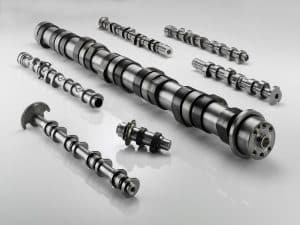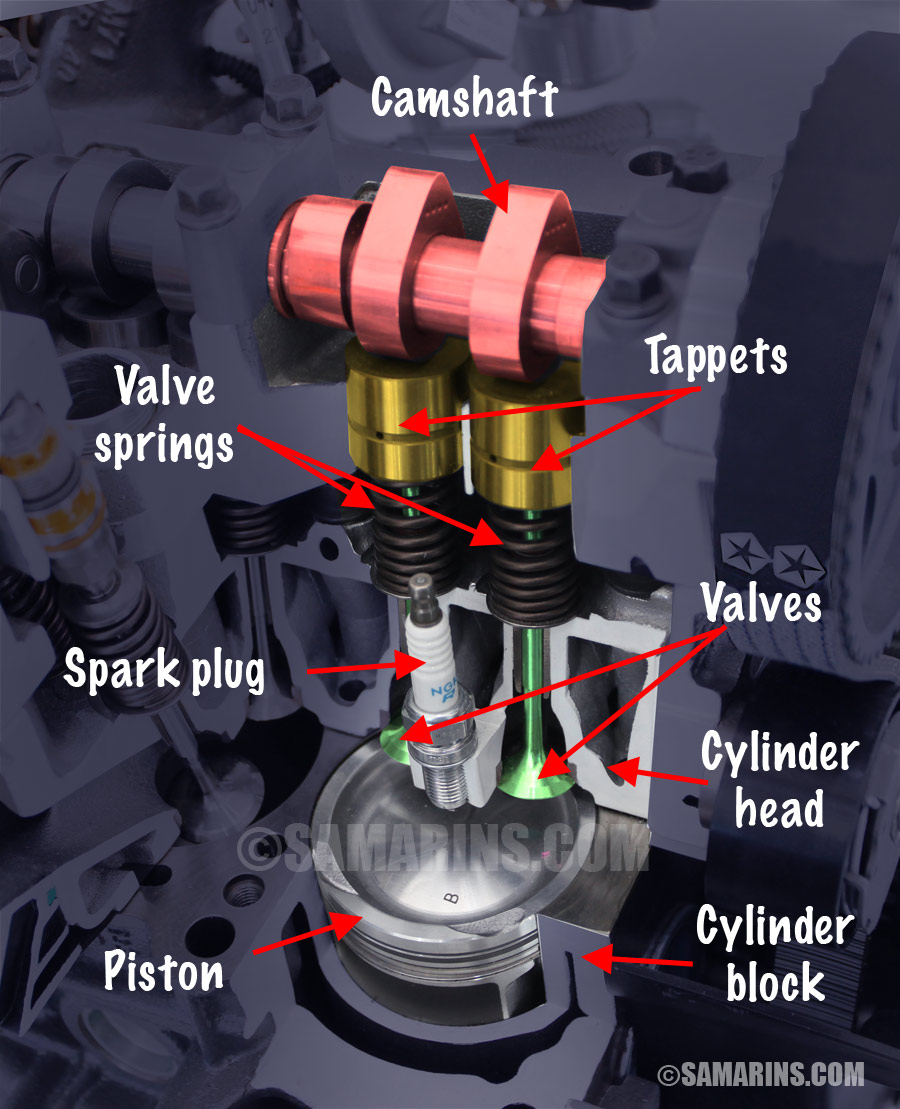
In some older systems, a more complicated camshaft position sensing system is used. In most engines, “up” means toward the top of the cylinder head, where the valves are located. These are operated by lobes on the camshaft, which translate this circular motion into up-and-down or back-and-forth action at appropriate times during each engine cycle.

This is achieved with a combination of one or more camshafts and pushrods that work together in unison to move the rocker arms which pivot and actuate valve stems.Įach cylinder has two such systems: one for opening valves, another for closing them. How Pushrods WorkĪn engine (or more specifically, the camshaft) transfers rotational motion into linear motion of the valves which open and close to let air and fuel into the combustion chamber. In contrast, overhead cam engines use either one or more camshafts (also known as “buckets”) instead of pushrods. In an overhead valve engine, pushrods are used in combination with rocker arms to actuate valves which are typically located in the cylinder head. What’s A Pushrod?Ī pushrod is a common term that refers to a valvetrain component that moves up and down, perpendicular to the crankshaft’s rotation. We will also provide some tips on how to prevent them from happening in the first place. The most common fix is a replacement, which should be done by a professional.


While pushrods don’t often get bent, driving on unpaved roads or heavy engine use can damage them. In this article, we will discuss the causes and fixes for bent pushrods. If you have a bent pushrod, it can cause all sorts of problems with your engine.


 0 kommentar(er)
0 kommentar(er)
